Before they were famous
March 1, 2022Taglines of five different startups before and after they made it big.
Coming up with a clear and concise positioning statement for your startup is one of the most important (and challenging) aspects of launching your product. The language you use will dramatically impact how easily potential customers are able to quickly understand the value proposition of what your product offers.
These five (now famous) startups all started out in different places. Some with very different positioning statements then they have today.
What follows are screenshots of each startup’s homepage before product-market fit (pmf) and after product-market fit.
Uber
Before PMF: July 12, 2010, ubercab.com
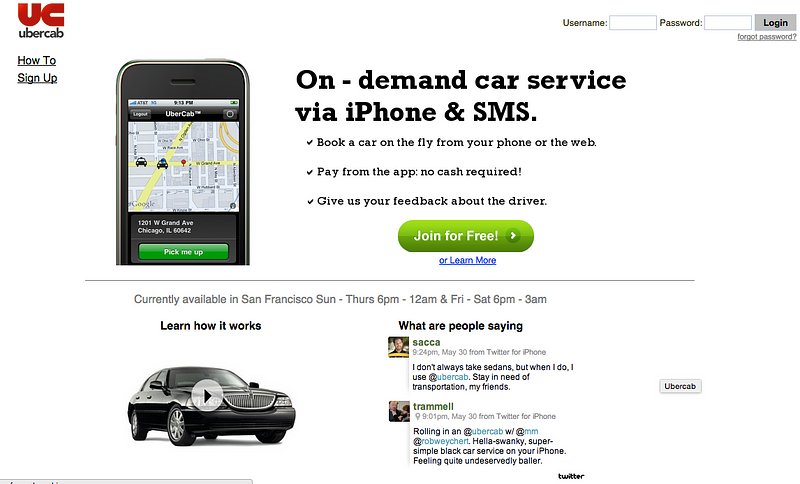
When uber launched back in 2010 as ‘ubercab’, they started off with the domain ‘ubercab’ even when the service was exclusively for black-cars.
This seems to suggest they were already thinking about Uber as a possible replacement for Taxi Cabs, even though it was much more expensive at the time.
After PMF
Today: uber.com
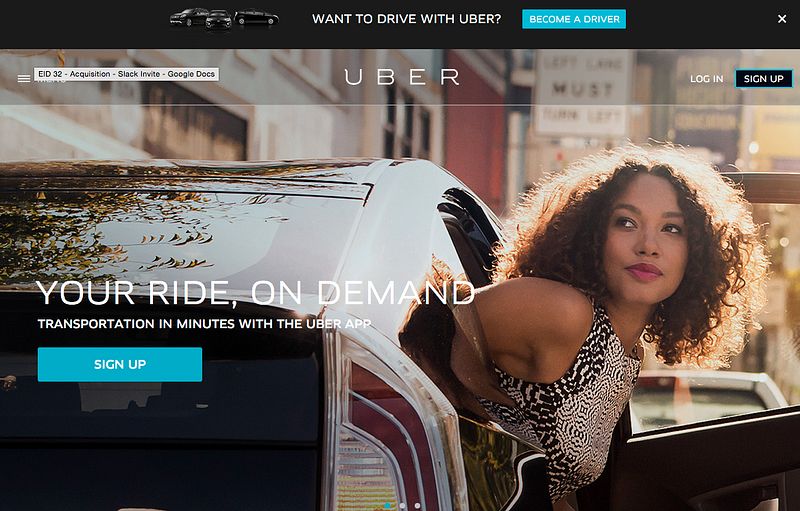
Uber’s current day homepage has a giant aspirational image front and center, and a very simple tagline.
Notice the word ‘cab’ is no where to be found, replaced instead by ‘transportation’.
Snapchat
Before PMF: May 11, 2012, snapchat.com
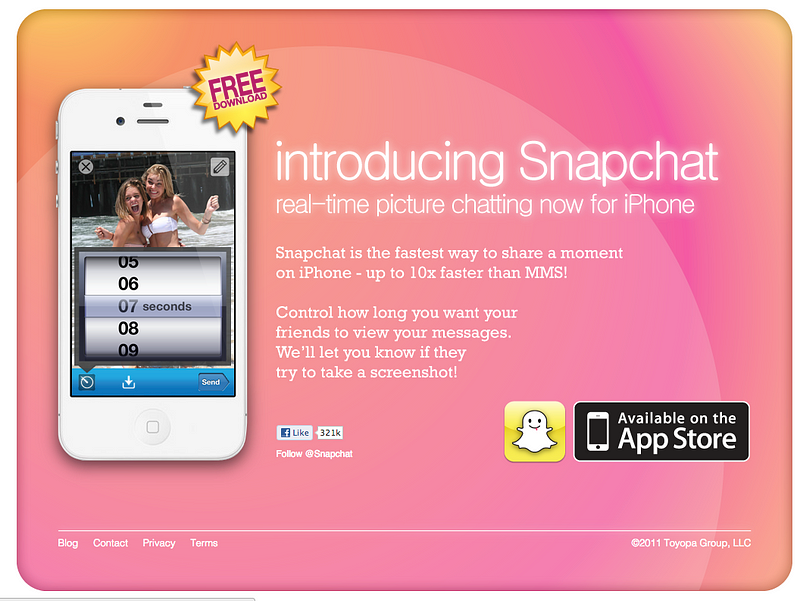
When SnapChat was launched in 2012, its positioning was focused around speed (vs mms) as well as ‘real-time picture chatting’.
Interestingly enough they didn’t mention the words ‘disapeering’ or ‘privacy’ anywhere which is the core use case for the app today.
After PMF
Today: snapchat.com
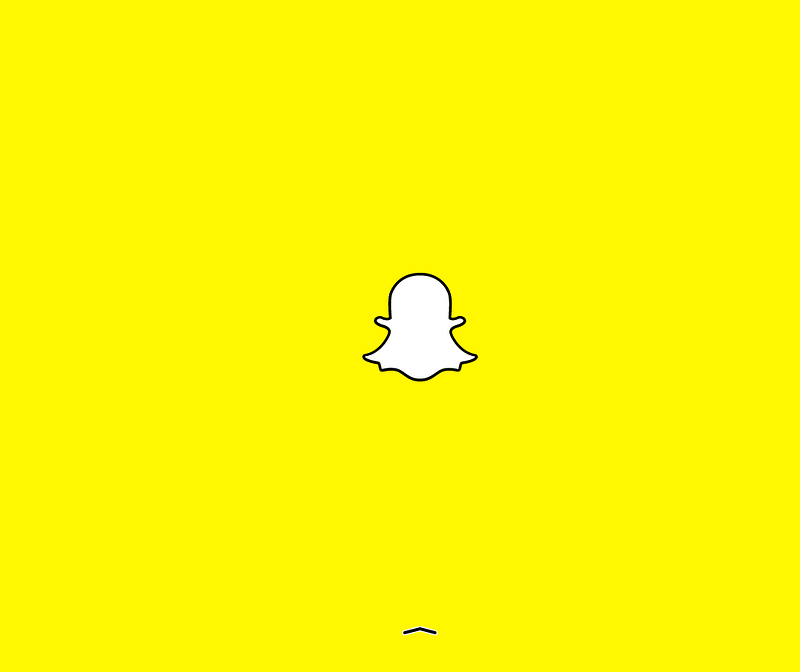
Today, SnapChat’s homepage is one of the most sparse that exist.
Its a bold move for such a still relatively young company, to not even attempt to persuade users to try the app through any text or calls to action, however, given their target demographic who is extremely tech/mobile savvy, they can afford to take some risks.
Before PMF: September 7th, 2006, twttr.com
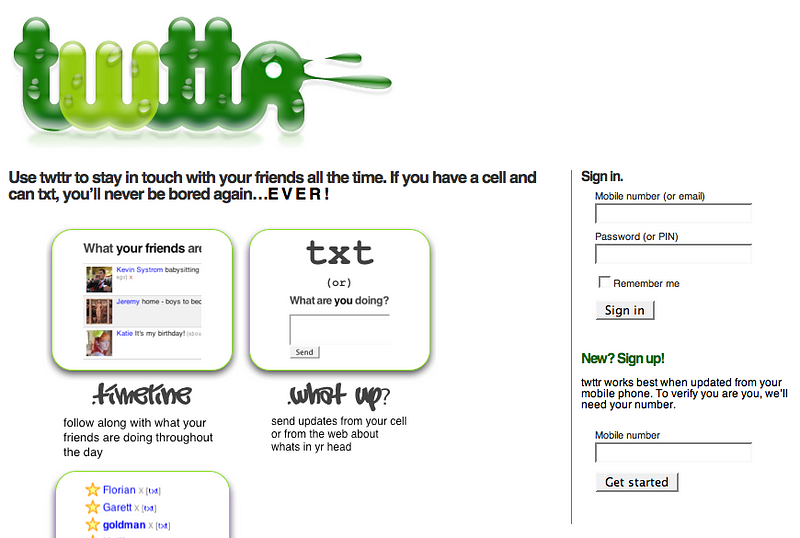
Twitter first launched as twttr in 2006. The original positioning of the service was much more focused on staying in touch friends, vs today with keeping up on news and events.
After PMF: Today, twitter.com
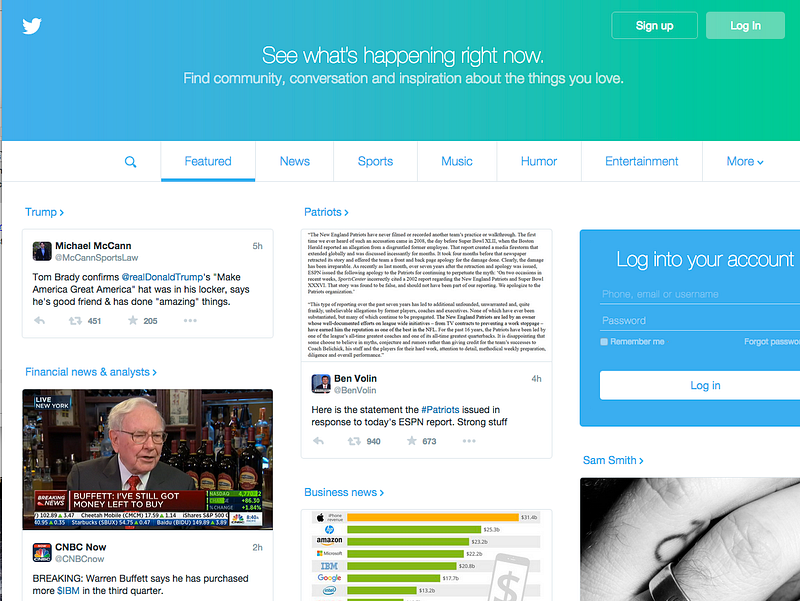
Today twitter presents itself as a broadcast or information network of sorts, where the current focus is on search and discovery as a means of hooking users, vs the previous emphasis on keeping in touch and providing updates.
Before PMF: June 8th, 2005, thefacebook.com
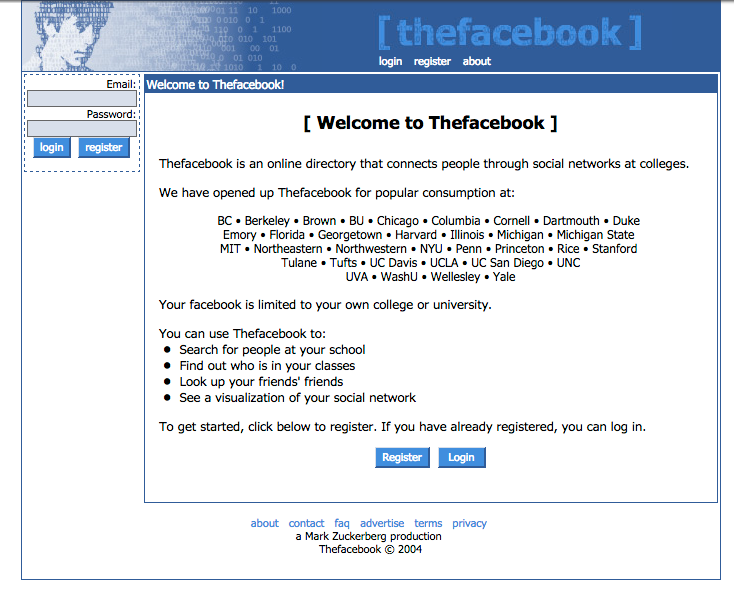
Back in 2004–05 when TheFacebook launched on the Harvard campus (and soon others), the primary use case was finding out more information about your classmates. To this end, Facebook’s early messaging was centered more around ‘discovering’ more info about your classmates and friends, vs today where the focus has shifted more towards ‘connecting’.
After PMF: Today, facebook.com
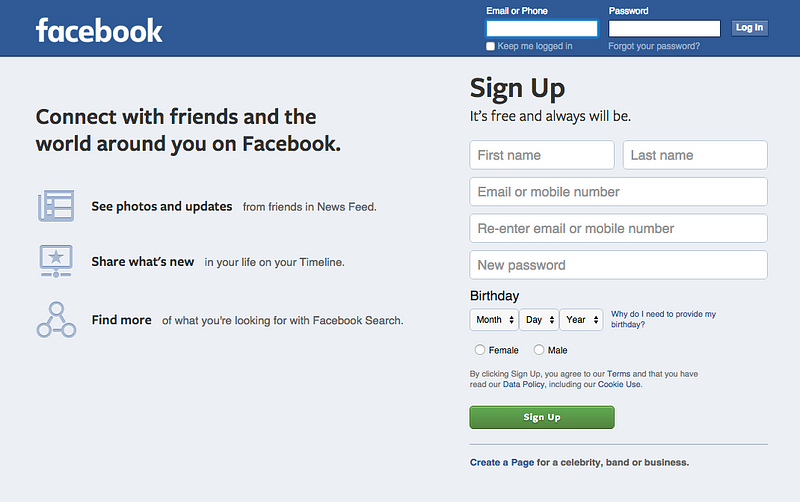
With over 1 billion members, Facebook’s new challenges for growth are no longer to acquire new users, since everyone one on the planet with internet access is already familiar or using their service.
Before PMF: May 5th, 2003, linkedin.com
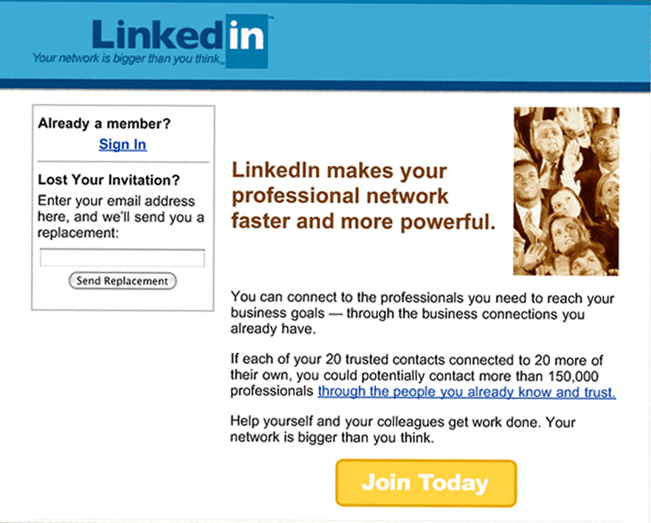
Way back in 2003 (before Facebook was launched), LinkedIn, was born out of a need to connect the professional graph. Interestingly enough, their core messaging hasn’t changed much over the years.
After PMF: Today, linkedin.com
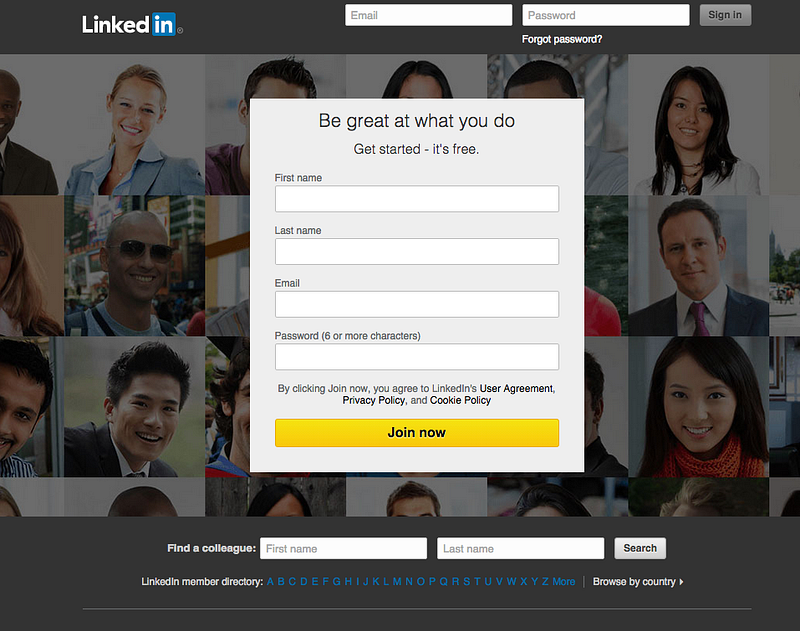
Fast forward to 2015 and LinkedIn’s biggest challenge is in retaining and engaging users who have already signed up. To this end, they are less focusing their messaging on building out a professional graph, but instead focusing on the individual user and the supposed value they will receive from using LinkedIn to improve their trade and further their career.